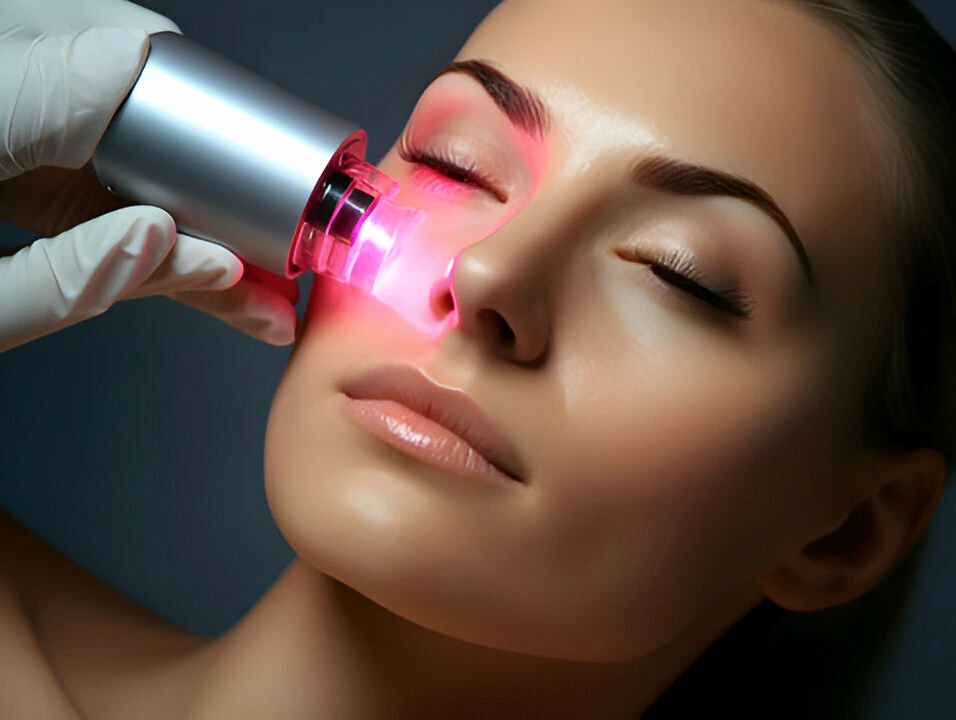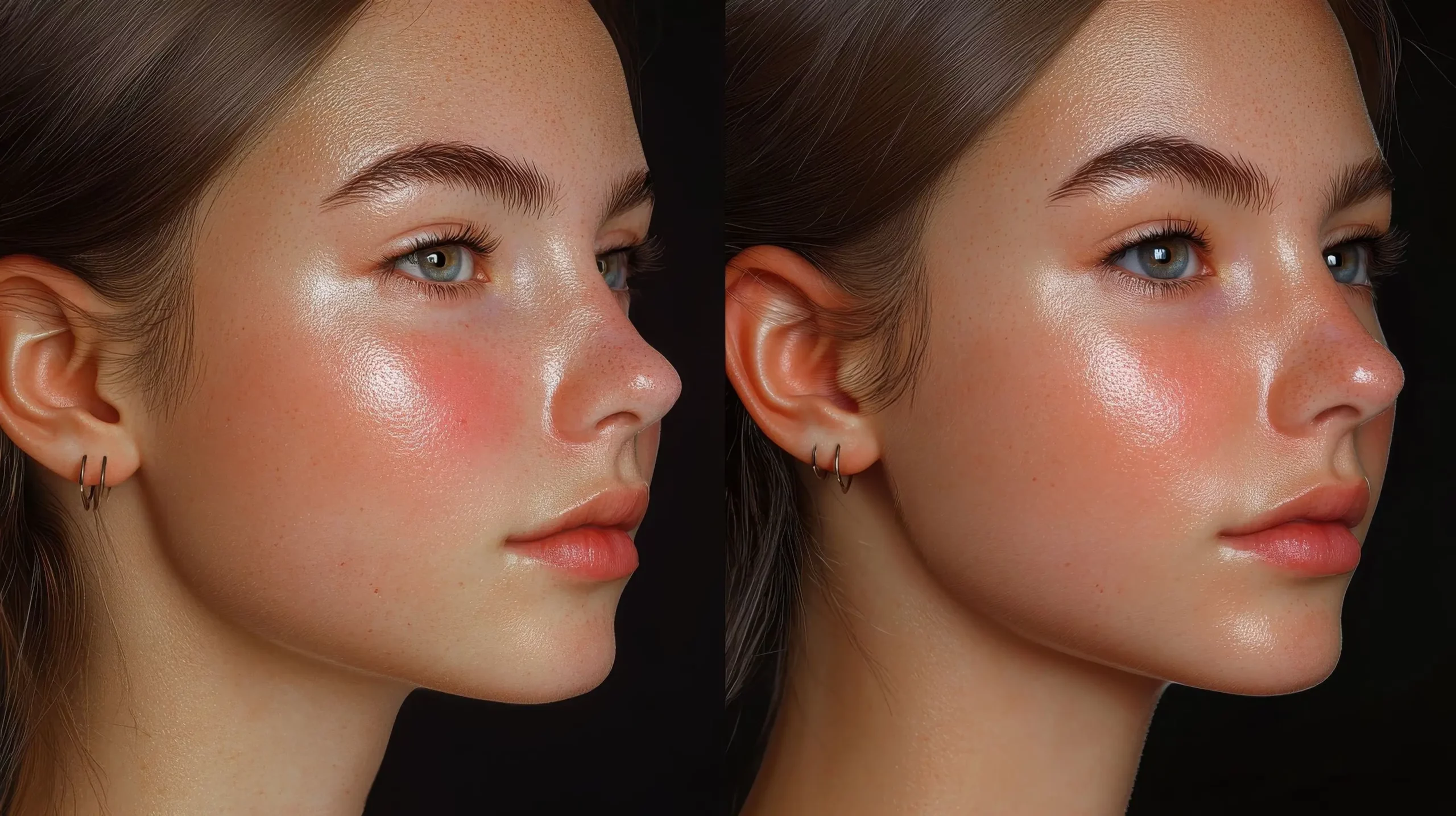A rhinoplasty, also known as a “nose job,” is a cosmetic treatment intended to improve the nose’s look. The surgeon reshapes the nose to adjust the angle between the top lip and nose, change how the nostrils look, make the nose smaller, or remove a lump on the bridge.
A surgeon should have experience in this sort of surgery and a good sense of facial artistry or someone aware of the aesthetics of facial proportions because the nose is such a prominent element of the face.
Continue reading if you still need to figure out the procedure or how you’ll feel about the outcomes. For your health, educate yourself with all the knowledge you require regarding rhinoplasty.
Why do people get rhinoplasty?
Patients typically choose rhinoplasty for both cosmetic and medical factors. Rhinoplasty surgery can improve a face’s natural attraction, altering the nose to make it more proportionate to the rest of the face.
Many people choose rhinoplasty for aesthetic reasons, which are entirely acceptable and beneficial to mental health. When a hump or tiny bend in the nose is fixed, the person may also have a new nose and improved self-esteem. The social lives of those who have had rhinoplasty for aesthetic purposes have reportedly improved.
A qualified surgeon can use this surgery to treat genetically predisposed or trauma-related abnormalities. Some people choose rhinoplasty for practical reasons. Through rhinoplasty, breathing issues brought on by structural problems in the nose can be corrected.
A few of the problems that rhinoplasty can address are as follows:
- noses that are too broad or turned up
- bumps on the nose’s bridge
- injured septa with a deviation
- chronic rhinitis and breathing issues
- birth flaws (children born with cleft palates often undergo this surgery)
- nasal polyps blocking the airways
What is the procedure for a rhinoplasty?
Consultation
Simply speaking with your doctor will begin the process of having a rhinoplasty. You should share your cosmetic objectives with your rhinoplasty surgeon at your initial appointment so that your plastic surgeon may create a plan of action that both of you will be comfortable with. Rhinoplasty surgery has been performed by Dr. Leonard Grossman, a plastic surgeon in New York City, for many years.
Here are some things to think about:
- During your initial consultation, ask questions. Your demands will determine the type of surgical approach employed during your treatment. You should also know how much time you should spend away from work throughout your recuperation phase.
- Make sure you tell your doctor any essential information. Inform your doctor of your objectives. Please let your cosmetic surgeon know if you have any medication allergies or other medical concerns.
- Patients should refrain from using aspirin and ibuprofen-containing medications for two weeks before and two weeks after surgery. These drugs might cause you to bleed more by slowing the blood coagulation process. Tell your surgeon about the medicines and supplements you’re taking so they can help you decide whether to keep taking them.
- Smokers have a more challenging time recovering from rhinoplasty because smoking hinders healing. Because nicotine narrows your blood vessels, less blood and oxygen reach your repairing tissues. Stopping smoking can hasten recovery both before and after surgery.
Dr. Grossman will be there for you if your nose requires an open or closed surgical operation, a non-surgical technique (nose job in a bottle), or both as soon as you consult with Dr. Grossman, M.D. He will assess your requirements carefully, review your medical history, and coordinate with you to achieve your objectives, as some people can fix their noses without cutting them.
Rhinoplasty Proper
Rhinoplasty is frequently performed as an outpatient treatment in one or two hours, so you won’t need to stay in the hospital for recovery. If you decide to have rhinoplasty surgery, your doctor will review the different types of anesthesia with you. You can choose between a local anesthetic (which will numb your face but leave you awake) and general anesthesia (which will render you asleep during the surgery).
Surgery can make the nose smaller, and flaws are eliminated. The tip can also be elevated or made shorter. The nose can be either wider or narrower depending on the patient’s demands. A rhinoplasty treatment can also fix problems with the nose’s downward angle, crookedness, or size.
The surgeon will access your nasal tissues by creating a tiny incision between your nostrils to remodel and repair your nose. The inside of your nose is primarily where the operation is done. The surgeon will gently remove any polyps that are obstructing your ability to breathe if they are present.
Recovery Period
The medical team will take you to a recovery room once your rhinoplasty treatment is complete. It will keep an eye on you when you awaken. When you’re completely awake, your ride can transport you home so you can relax in the recovery nest you prepared earlier.
You will get post-op instructions from your surgeon to help with your recovery. For a few days, plan on sleeping upright to lessen swelling and enhance drainage. For the first few days, it’s normal to have some old blood or crimson mucus leak from your nose. Change your bandages as directed, paying specific attention to the drip pad beneath your nose.
As you heal, you’ll be advised how to take care of your nose. Be sure to carefully follow the directions provided and take any prescribed drugs as prescribed. Before your operation, you’ll want to have your prescriptions ready at home.
What can you expect after a rhinoplasty procedure?
Patients must wear a splint or tape for a week before returning to work, although they should be able to do so in five to seven days. Exercise and other strenuous activities must be postponed for at least three weeks following surgery.
Several potential hazards include infection, further procedures, and septum rupture due to poor healing.
The adverse effects of rhinoplasty are often relatively minor, including:
- nasal congestion
- Tenderness
- Swelling
- temporary loss of nasal sensation
- Bruising
A rhinoplasty permanently alters your nose’s structure, and the effects often last a lifetime. Your nose may gradually change in appearance as you age. Still, most rhinoplasty-induced enhancements are going to be relatively long-lasting.
Is rhinoplasty right for you?
Following rhinoplasty surgery, most patients feel happier about their looks, have more self-esteem, and have easier breathing. With years of expertise assisting patients, Dr. Leonard Grossman can help with your aesthetic objectives.
Schedule an appointment with us if you’d like to learn more about rhinoplasty and how surgery may improve the look of your nose. We will be able to determine during your appointment whether you are a good candidate for the operation and go over your options.




